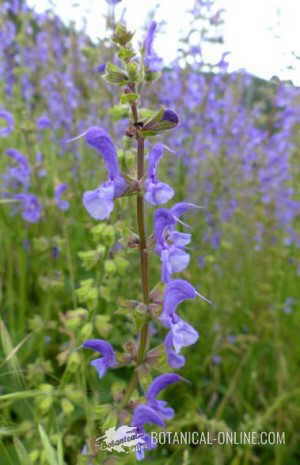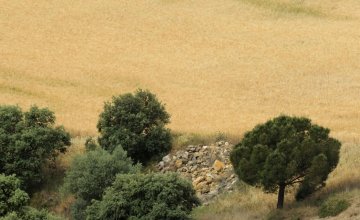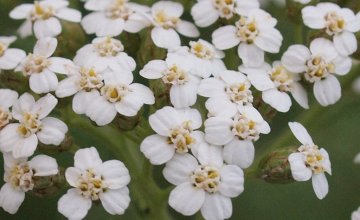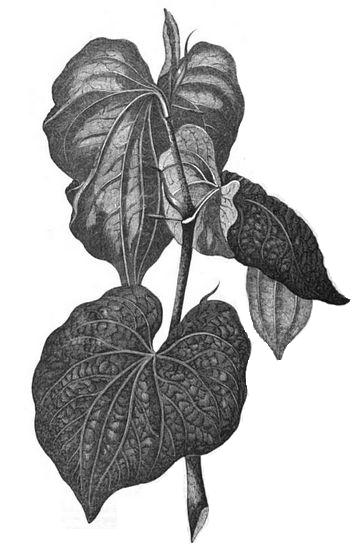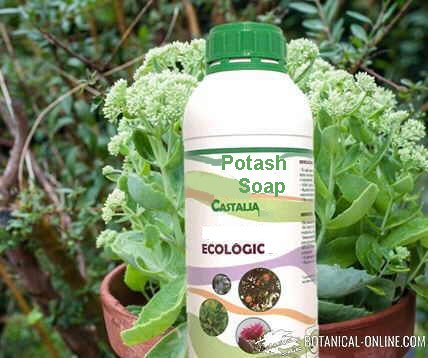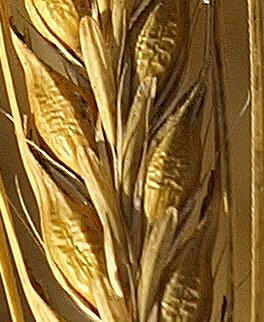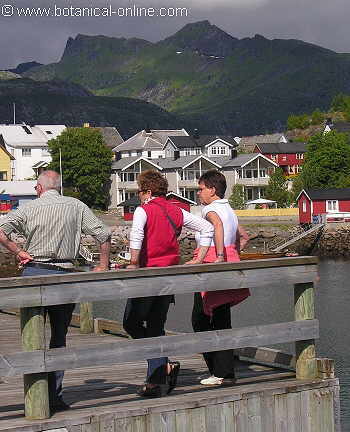Contents
WHAT IS A CANANGA TREE?
Characteristics of cananga tree (Cananga odorata)
– Common English name: Cananga tree, ylang-ylang, cananga flower, perfume-tree,
– Scientific name: Cananga odorata (Lam.) Hook. Fil. & Thoms.
– Synonyms: Canangium scortechinii King., Uvaria odorata Lam.
– Family: Annonaceae
Habitat. Where does ylang-ylang live?
Plant native to Southeast Asia, introduced into the Pacific Islands for its aromatic flowers.
Distribution: Large tropical tree, present in Polynesia, Micronesia, Melanesia and Indonesia. The largest producers of essential oil are Madagascar, Reunion and Comoro Island. It is also a decorative tree and it provides shade.
Ylang-ylang botanical description
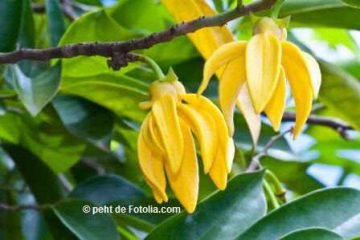
Perennial tree related to custard apple. The ylang tree is fast growing and usually reaches 10-20 m tall. The bark is smooth, grayish white. It forms a wide crown with long, hanging branches, up to 5 m.
Ylang-ylang leaf measure 20 cm. long These are dark green, alternate, simple, bright, whole and oblong.
The flowers grow in hanging axillary clusters, composed of 4 – 12 flowers. They have a star shape and consist of 3 sepals and 6 petals, long yellow-green, 6 – 8cm. long At its base there are glands that secrete essential oils (perfume) with a very pleasant smell.
Yellow flowers are the ones that produce the best essence. In Madagascar, trees bloom throughout the year, but mainly during the season from November to March.
The fruits are greenish drupes, the size of an olive, with numerous seeds inside.
Ylang ylang-like plants
Ylang ylang vine (Artabotrys hexapetalus) is a woody climbing shrub from India where it is known by the same name »ylang-ylang».
Ylang-ylang components
- Essential oil: alpha-pinene, benzoic acid, methyl benzoate, cadinne, karyophyll, methyl salicylate, methyl paracretol, cresol, eugenol, geraniol, linalool, methyl anthranilate, monoterpenes (canangafruticosides A, B, C, D, E), sesquiterpenes, lactones (isosiphonodin, canangone), alkaloids (sampangine)
- Flavonoids: gossipol
![]() More information on ylang-ylang and essential oils
More information on ylang-ylang and essential oils


